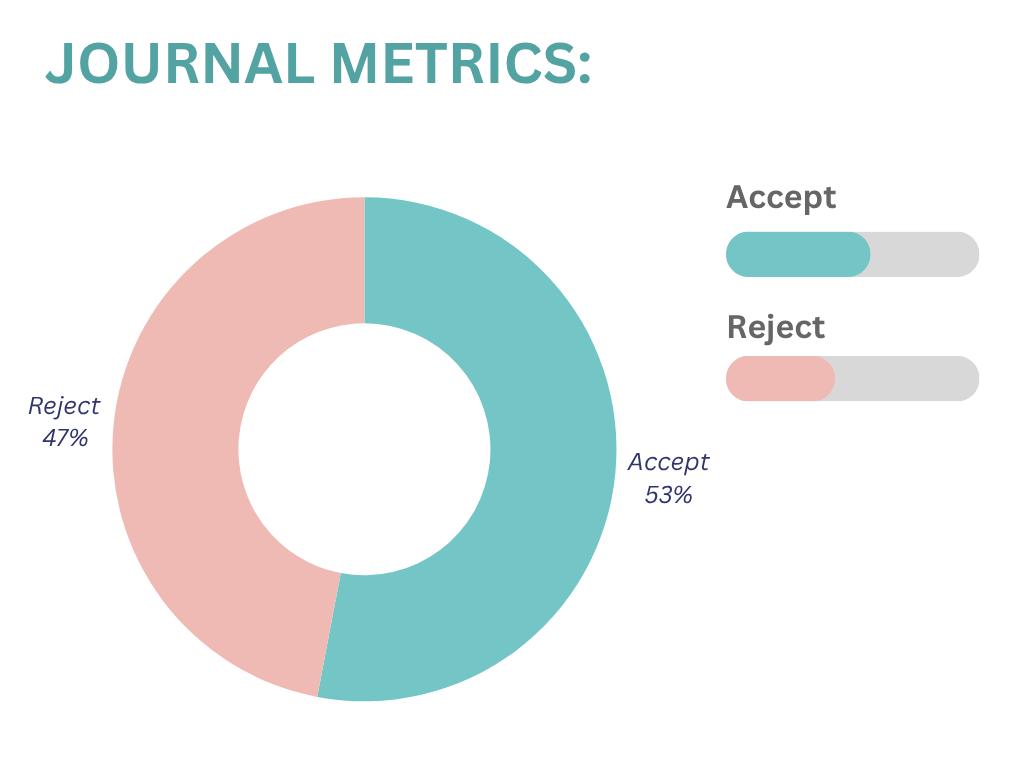The computational results of fuzzy subgroups of nilpotent finite (p-groups) involving mul-tiple sums
Abstract
The theory of fuzzy sets has a wide range of applications, one of which is that of fuzzy groups. Part of its applications is to provide formalized tools for dealing with the imprecision intrinsic to many problems. Denote the number of chains of subgroups of a finite group G which ends in G by h(G). The method of computing h(G) is based on the application of the Inclusion-Exclusion Principle. In this context , h(G) is actually referred to as the number of district fuzzy subgroups for the finite nilpotent p-group. This work is therefore designed as part to classify the nilpotent groups formed from the Cartesian products of p-groups through their computations. In this paper, the Cartesian products of p-groups were taken to obtain nilpotent groups. the explicit formulae is given for the number of distinct fuzzy subgroups of the Cartesian product of the dihedral group of order eight with a cyclic group of order of an n power of two for, which n is not less than three.
Keywords:
Finite p-groups, Nilpotent group, Fuzzy subgroups, Dihedral group, Inclusion-exclusion principle, Maximal subgroupsReferences
- [1] Mashinchi, M. (1993). A classification of fuzzy subgroups. Research Report of Meiji University, 9, 31–36.
- [2] https://cir.nii.ac.jp/crid/1572261549850935296
- [3] Mashinchi, M., &Mukaidono, M. (1993). On fuzzy subgroups classification. Research Reports, School of Science
- [4] and Technology, Meiji University, 9, 31–36. https://cir.nii.ac.jp/crid/1520009410152402816
- [5] Murali, V., & Makamba, B. B. (2003). On an equivalence of fuzzy subgroups II. Fuzzy Sets and Systems, 136(1),
- [6] –104. https://doi.org/10.1016/S0165-0114(02)00140-9
- [7] Ndiweni, O. (2014). The classification of fuzzy subgroups of the dihedral group Dn, for n a product of distinct
- [8] prime numbers [Thesis]. http://vital.seals.ac.za:8080/vital/access/services/Download/vital:39997/SOURCE1
- [9] Tărnăuceanu, M. (2009). The number of fuzzy subgroups of finite cyclic groups and Delannoy numbers. Journal of
- [10] Combinatorics, 30(1), 283–287. https://doi.org/10.1016/j.ejc.2007.12.005
- [11] Tărnăuceanu, M. (2011). Classifying fuzzy subgroups for a class of finite p-groups. “Al. I. Cuza” University of
- [12] Iași, Romania, 1–10. https://www.math.uaic.ro/~martar/pdf/articole/articol%2058.pdf
- [13] Tărnăuceanu, M. (2012). Classifying fuzzy subgroups of finite nonabelian groups. Iranian Journal of Fuzzy
- [14] Systems, 9(4), 31–41. https://ijfs.usb.ac.ir/article_131_a85ac48a21fd8e1c3315ef08068da1fe.pdf
- [15] Bentea, L., & Tărnăuceanu, M. (2008). A note on the number of fuzzy subgroups of finite groups. Analele
- [16] Ştiinţifice ale Universităţii “Al. I. Cuza” din Iaşi. Serie Nouă. Matematică, 54(1), 209–220.
- [17] https://www.math.uaic.ro/~annalsmath/pdf-uri_anale/F1(2008)/Tarnauceanu.pdf
- [18] Tărnăuceanu, M., & Bentea, L. (2008). On the number of fuzzy subgroups of finite abelian groups. Fuzzy Sets and
- [19] Systems, 159(9), 1084–1096. https://doi.org/10.1016/j.fss.2007.11.014
- [20] EniOluwafe, M., & Adebisi, S. A. (2019). The abelian subgroup: ℤp × ℤp × ℤpn, p is prime and n ≥ 1. Progress in
- [21] Nonlinear Dynamics and Chaos, 7(1), 43–45. https://www.academia.edu/44358562/The_Abelian_Subgroup_Zp_Zp_Zpn_p_is_Prime_and_n_1
- [22] Adebisi, S. A., Ogiugo, M., & EniOluwafe, M. (2020). The fuzzy subgroups for the abelian structure Z8 × Z2n, n >
- [23] Journal of the Nigerian Mathematical Society, 39(2), 167–171. https://repository.ui.edu.ng/server/api/core/bitstreams/fd014326-11ca-4f03-95d1-1225eff874fd/content
- [24] Adebisi, S. A., Ogiugo, M., & EniOluwafe, M. (2020). Computing the number of distinct fuzzy subgroups for the
- [25] nilpotent p-group of D2n × C4. International Journal of Mathematical Combinatorics, 1, 86–89. https://www.researchgate.net/publication/341297924
- [26] Adebisi, S. A., Ogiugo, M., & EniOluwafe, M. (2020). Determining the number of distinct fuzzy subgroups for the
- [27] abelian structure Z4 × Z2n-1, n > 2. Transactions of the Nigerian Association of Mathematical Physics, 11, 5–6. https://repository.ui.edu.ng/server/api/core/bitstreams/4cea70f3-503d-4999-99ca-6d85c9eb84a4/content
- [28] Adebisi, S. A., Ogiugo, M., & Enioluwafe, M. (2022). The fuzzy subgroups for the nilpotent p-group of D23 × C2m for m
- [29] ≥ 3. Journal of Fuzzy Extension and Applications, 3(3), 212–218. https://doi.org/10.22105/jfea.2022.337181.1215
- [30] Adebisi, S. A., & Enioluwafe, M. (2020). An explicit formula for the number of distinct fuzzy subgroups of the cartesian
- [31] product of the dihedral group of order 2n with a cyclic group of order 2. Universal Journal of Mathematics and Mathematical Sciences, 13(1), 1–7. http://dx.doi.org/10.17654/UM013010001
- [32] Adebisi, S. A., Ogiugo, M., & Enioluwafe, M. (2020). On the p-groups of the algebraic structure of D2n × C8.
- [33] International Journal of Mathematical Combinatorics, 3, 102–105. https://fs.unm.edu/IJMC/OnThePGroupsAlgebraic-Adebisi.pdf


